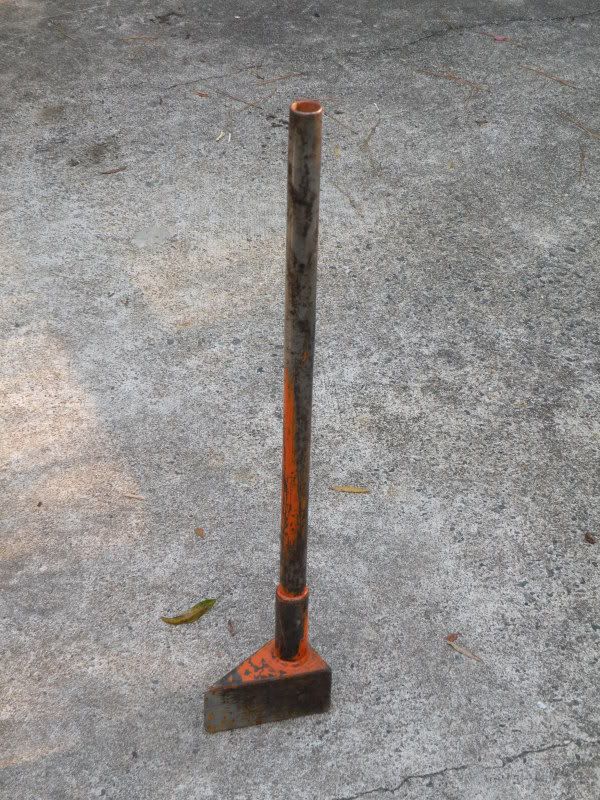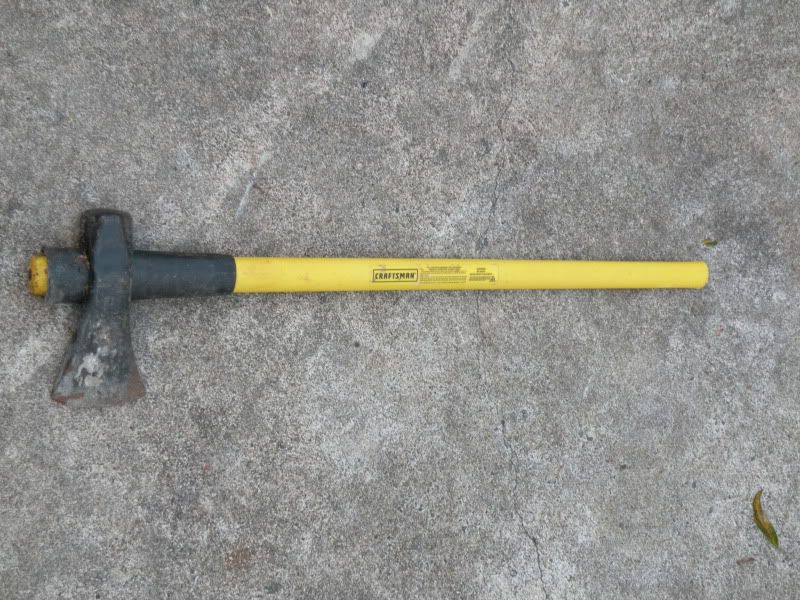trailmaker
ArboristSite Operative
Sometimes the maul/axe just bounces up leaving a dent. Sometimes the wood underneath the dent is splitting normally but the maul just doesn't break through the surface layer. The only thing I can think of is that the wood fibers right at the surface are folding over at impact so the axe edge is perpendicular to them. Any thoughts wood men?








